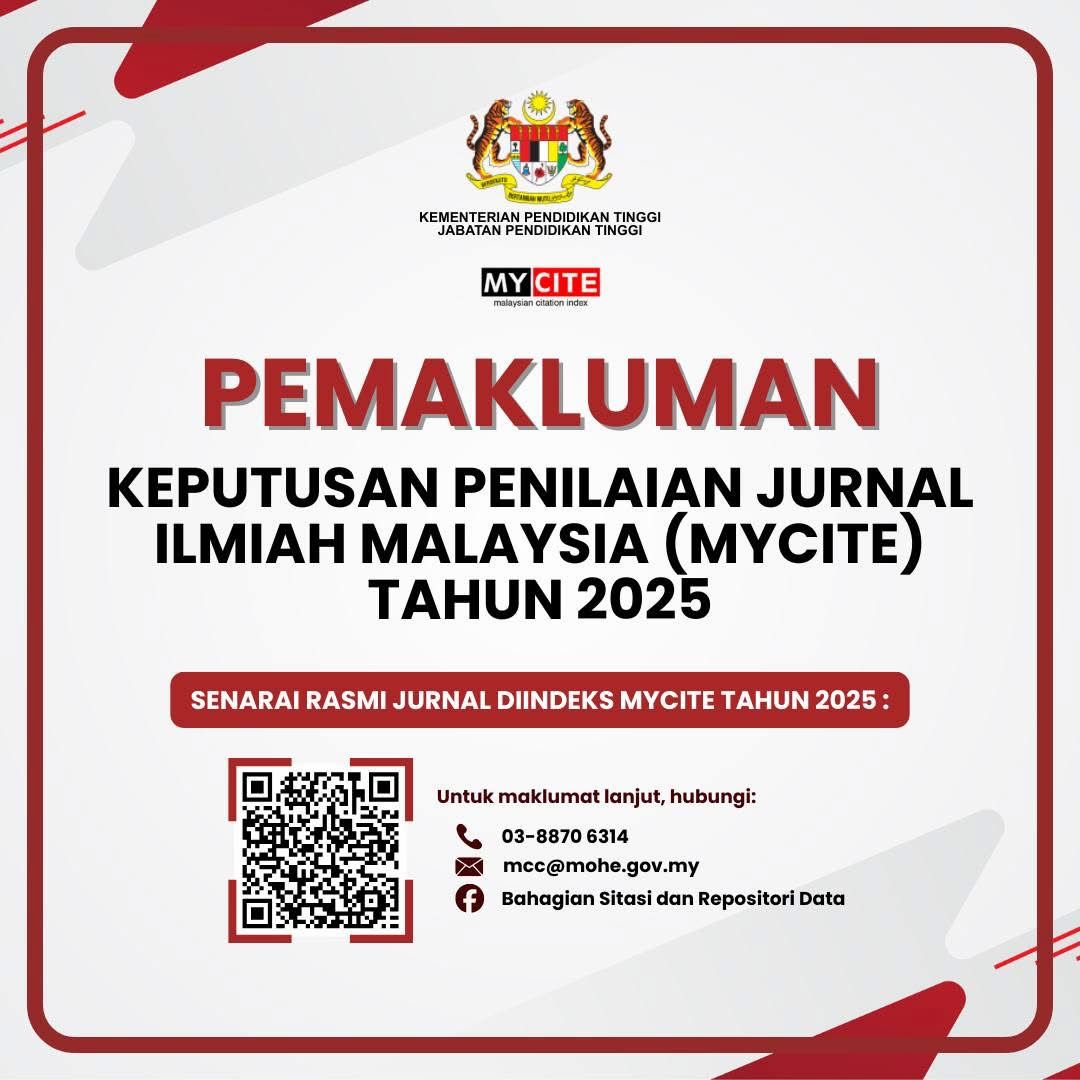Image Representative as an Alternative Reading Technique for Dyslexic Children
DOI:
https://doi.org/10.24191/idealogy.v5i2.229Keywords:
Dyslexia, Dyslexic Children, Interactive Motion, ReadingAbstract
Dyslexic children who are said to have problems in learning actually have their unique learning styles. Thus, they required learning aids that are suitable with their conditions which are not similar with normal children. One of the issues of dyslexic children is the ability to figure out on how to peruse. Reading aptitudes are the most critical essential abilities. Without this ability, learning process is very challenging. Perceiving this significance and the motivation to support the dyslexic children, pondering or identification activity is led to distinguish the type of reading aids that are suitable to the necessities and requirements of dyslexic children. The case study was successfully conducted with children (6 to 9 years old) by Malaysian Dyslexia Association in Klang Valley, Malaysia. The finding from this preliminary research shows that reading in the form of interactive motion is easily accepted by the dyslexia children. In fact, the finding from this study provides a valuable learning style for these dyslexic children to use and practice. This new learning style is very enjoyable and manage to engage the children to read more in the classroom.
Keywords: Dyslexia, Dyslexic Children, Interactive Motion, Reading
References
Beatrice, J.A. (1994). Learning to study through critical thinking? Retrieved from http://www.uu.edu./programs/tesl/ElementarySchool/learningstylesinventory.htm
Caylak, E. (2010, January 12). The Studies about Phonological Deficit Theory in Children with Developmental Dyslexia: Review. Retrieved from https://pdfs.semanticscholar.org/e914/a839d5ba64a4dc93c3ef312dfa7300f3b3ab.pdf
Creswell, J. W. (2013). Qualitative Inquiry & Research Design: Choosing among Five Approaches (3rd ed.). Thousand Oaks, CA: SAGE.
Herod, L. (2002). Adult learning: From theory to practice. Retrieved from http://www.nald.ca/adultlearningcourse/glossary.htm
Holmqvist Olander, M., Wennås Brante, E., & Nyström, M. (2017). The Effect of Illustration on Improving Text Comprehension in Dyslexic Adults. Dyslexia (Chichester, England), 23(1), 42–65. https://doi.org/10.1002/dys.1545
John S. (2014). Dyslexia: The Role of Vision and Visual Attention. Development Dyslexia (T Wydell, Section Editor) http://doi.10.1007/s40474-014-0030-6
Joshua R., Virginia M. (2005) Using Auditory-Visual Speech to Probe the Basis of Noise-Impaired Consonant-Vowel Perception in Dyslexia and Auditory Neuropathy. The Journal of the Acoustical Society of America 118, 1122 (2005); https://doi.org/10.1121/1.1940509
Patton, M. Q. (2002). Qualitative Research & Evaluation Methods. 3rd edition. Sage Publications, Inc.
Rainger, R. (2003). A dyslexic perspective on e-content accessibility. York, UK: JISC TechDis.
Rose, S. J. (2009). Identifying and Teaching Children and Young People with Dyslexia and Literacy available through website: https://dera.ioe.ac.uk/14790/7/00659-2009DOM-EN_Redacted.pdf
Sandro F., Sara B., Luca R., Massimo M., Simone G. Andrea F., (2015). “Shall We Play a Game?”: Improving Reading Through Action Video Games in Developmental Dyslexia. Development Dyslexia (T Wydell, Section Editor) http://doi.10.1007/s40474-015-0064-4
Shaywitz, S. (2003). Overcoming dyslexia: A new and complete science-based program for reading problems at any level. New York, NY: Alfred A. Knopf
Downloads
Published
Issue
Section
License
UiTM Press (the Publisher) has agreed to publish the undersigned author’s paper in Idealogy Journal. The agreement is contingent upon the fulfilment of a number of requirements listed below.
1. The undersigned author warrants that the paper entitled below is original, that it is not in any way libellous or unlawful in Malaysia, that it does not infringe any copyright or other proprietary right. The undersigned hereby represents and warrants that he/she is the author of the paper, except for material that is clearly identified as to its original source, with permission notices from the copyright owners where required. The undersigned represents that he/she has the power and authority to sign and execute this agreement.
2. The undersigned author warrants that the paper entitled below has not been published elsewhere, and also it will not be submitted anywhere else for publication prior to acceptance/rejection by this Journal.
3. By submitting the paper entitled below, the undersigned author agrees to transfer the rights to publish and distribute the paper in an international e-journal (entitled above) to Publisher.
4. The undersigned author agrees to make a reasonable effort to conform to Publisher's submission guidelines and to liaise with the editor to ensure that the requirements of these guidelines are met to a reasonable degree.
5. The corresponding author signs for and accepts responsibility for releasing this material on behalf of any and all coauthors. This agreement is to be signed by at least one of the authors who has obtained the assent of the co-author(s) where applicable. After submission of this agreement signed by the corresponding author, changes of authorship or in the order of the authors listed will not be accepted.




